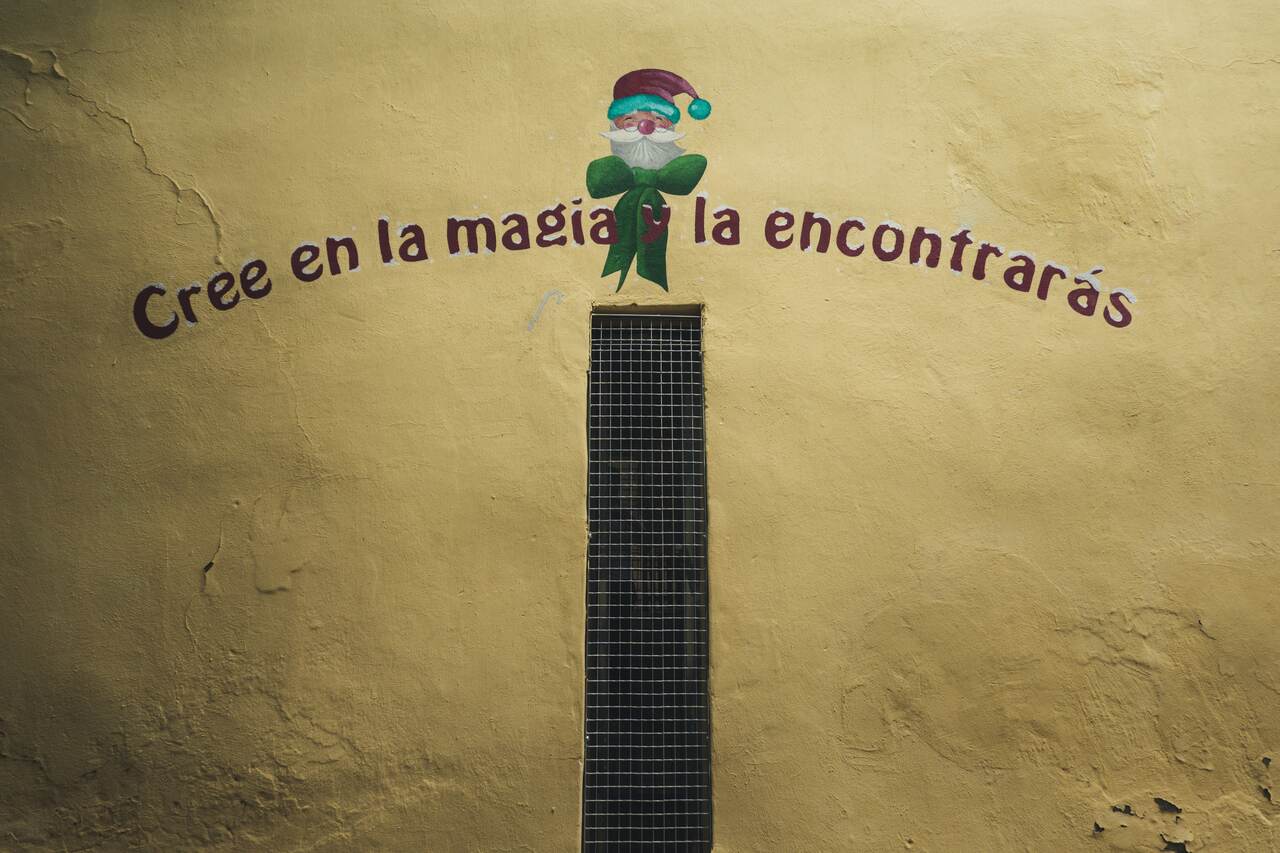
Exploring Spanish Language Evolution: From Ancient Roots to Modern Trends
DATE:
Did you know that Spanish is one of the most dynamic and evolving languages in the world? From its Latin roots to the vibrant array of Spanish dialects spoken today, the history of the Spanish language is a testament to the incredible adaptability and resilience of human communication. Let’s embark on a journey through time to understand how the Spanish language has evolved and continues to change in our modern era.
The Impact of Technology: Social Media, Texting, and Online Communication
The digital age has revolutionized the way we communicate, and Spanish is no exception. Technology has introduced new ways of writing, speaking, and even thinking in Spanish.
Shortened Forms and Abbreviations
In the era of texting and social media, brevity is key. Words are often shortened to save time and space. Common examples include:
- “q” instead of “qué” (what)
- “xq” for “porque” (because)
- “tqm” meaning “te quiero mucho” (I love you a lot)
These abbreviations reflect a shift towards more informal and efficient communication styles, especially among younger generations.
Emojis and Internet Slang
Emojis have transcended traditional linguistic barriers to become a universal language. Emojis are used in Spanish to enhance text by adding context and feelings. A heart emoji can convey love or affection, while a thumbs-up emoji can substitute “sí” (yes). Spanish has counterparts for common online slang words like “lol” and “omg,” such as “jajaja” meaning laughter.
Globalization and Language Contact: Borrowings and Adaptations
Globalization has brought Spanish into closer contact with many other languages, resulting in a rich tapestry of borrowed words and adapted expressions.
Anglicisms
English, being the dominant global language, has had a significant impact on Spanish. Words like “email”, “weekend”, and “marketing” have been seamlessly integrated into everyday Spanish. These anglicisms are especially prevalent in business, technology, and pop culture.
Loanwords from Other Languages
Besides English, Spanish also borrows from other languages. For instance, “taco” from Nahuatl, “safari” from Swahili, and “piano” from Italian. These loanwords enrich the Spanish vocabulary, reflecting a global cultural exchange.
The Evolution of Grammar: Simplification and Variation
Grammar, the backbone of any language, is not immune to change. Spanish grammar has evolved to become more streamlined and varied.
Changes in Verb Usage
One notable change is the simplification of verb forms. The use of the subjunctive mood, traditionally complex, is gradually diminishing in everyday speech. Instead, speakers prefer simpler, indicative forms. For example, instead of “Si tuviera tiempo, iría” (If I had time, I would go), many now say “Si tengo tiempo, voy” (If I have time, I go).
Gender-Neutral Language
A significant contemporary shift is the move towards gender-neutral language. In an effort to be more inclusive, terms like “Latinx” or “amig@s” (friends) are becoming popular. This change challenges the traditional gender binary in Spanish grammar.

New Words and Slang: Reflecting Cultural Trends
Language is a living entity that grows with culture. New words and slang terms continually emerge, reflecting societal changes and trends.
Youth Culture
Young people are often at the forefront of linguistic change. Slang terms like “chido” (cool), “fresa” (snob), and “guay” (awesome) illustrate the creativity and vibrancy of youth culture. These terms often spread quickly through social media and entertainment.
Social Movements
Social movements also influence language. Terms like “feminicidio” (femicide) and “micromachismos” (everyday sexism) have entered the lexicon, highlighting issues of gender violence and equality.
The Debate on Language Standardization: Preserving Tradition vs. Embracing Change
The tension between maintaining linguistic tradition and embracing innovation is at the heart of the debate on language standardization.
The Role of the Royal Spanish Academy (RAE)
The Royal Spanish Academy (RAE) has been the guardian of the Spanish language since 1713. Its mission is to ensure the stability of the language, but it must also adapt to contemporary changes. The RAE periodically updates the official dictionary to include new words and usages, balancing tradition with modernity.
Regional Variations and Dialects
Spanish is spoken in numerous countries, each with its own unique dialect. From the “vosotros” in Spain to the “vos” in Argentina, these regional variations enrich the language. The RAE recognizes these differences, allowing for a more inclusive and diverse understanding of Spanish.

Conclusion: The Future of the Spanish Language
The evolution of the Spanish language is a dynamic process driven by technology, globalization, and cultural shifts. As Spanish continues to adapt and grow, it remains a vibrant and expressive means of communication for millions around the world.
Looking to dive deeper into the nuances of Spanish? SpanishVIP offers personalized learning experiences with Dedicated Teachers and the support of our Student Success Advisors. Start with a free 1:1 class or enjoy a free 7-day trial of our group classes to explore the richness of the Spanish language.
Understanding the evolution of Spanish not only connects us to its past but also prepares us for its future. Join us at SpanishVIP to be a part of this linguistic journey!








